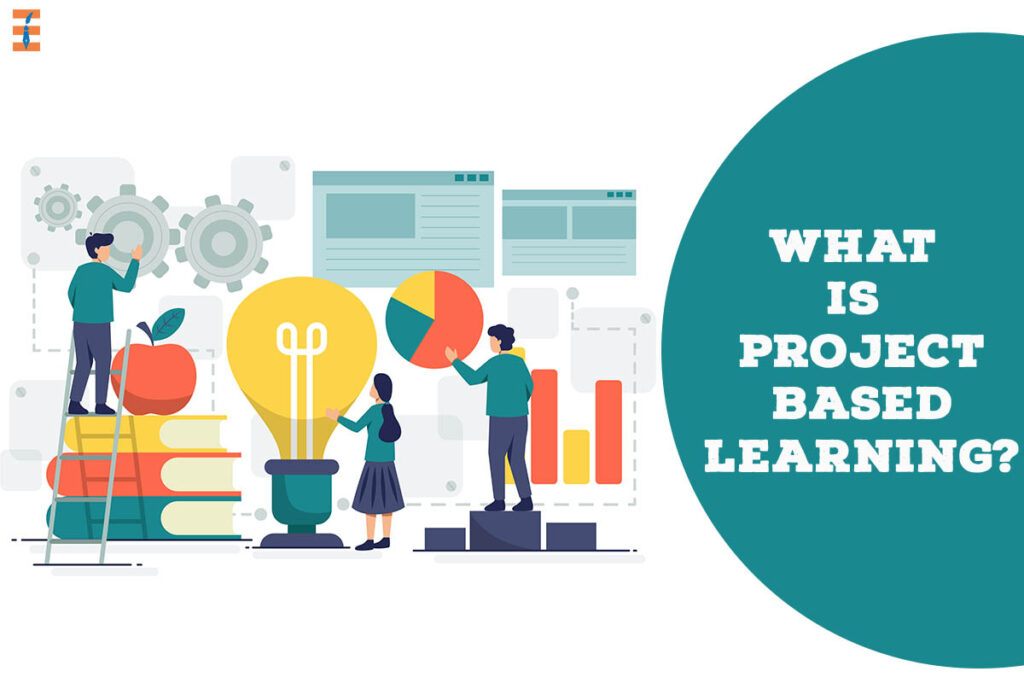Utah Valley University’s Project‑Based Learning: Bridging Classrooms and Communities
By John Fisher (assisted by AI)Introduction
Project‑based learning (PBL) is a student‑centred teaching method in which learners gain knowledge and skills by actively exploring real‑world challenges and producing tangible resultsen.wikipedia.org. Unlike lectures or rote exercises, PBL tasks students with investigating complex problems over an extended period, collaborating with peers, communicating their findings and creating final products that matter. At Utah Valley University (UVU), PBL has become a cornerstone of instruction across disciplines, connecting students with community partners and preparing them for the demands of the modern workforce.
Defining Project‑Based Learning
In PBL, learning is organized around projects rather than discrete assignments. Students research, design and implement solutions to authentic problems; they must communicate, collaborate and adapt as the project unfolds. This dynamic approach builds deeper understanding and transferable skillsen.wikipedia.org. UVU’s Innovation Academy spearheads PBL initiatives by partnering with local organisations and businesses and supporting faculty in redesigning courses around hands‑on experiences.
Voices from the Classroom
Dr. Ashley Egan: Ownership and Community
Biology professor Dr. Ashley Egan credits PBL with providing “incredible learning opportunities and community connections” for her students. She explains that when students take ownership of their project outcomes, they produce demonstrable evidence of effective learning, leadership, follow‑through and skills development. Many list their projects as work experience on their résumés and maintain professional networks with community partners—proof, Egan says, that PBL “gives them confidence in their future.”
Prof. Zachary Largey: Mission‑Driven Motivation
English professor Zachary Largey sees PBL as an invitation for students to “think beyond themselves and their grades.” By partnering with non‑profit organisations, Largey’s students experienced real‑world applications without their professor connecting the dots. They “care about their work more because they value the non‑profit’s mission,” he notes, adding that the payoff in student engagement and learning makes PBL efforts worthwhile.
Examples of PBL in Action at UVU
Project‑based learning spans disciplines at UVU, connecting students to meaningful work:
-
ENGL 2010 – Public‑Facing County Web Content: Partnering with the Utah County Public Defender Association, students researched legal terminology and county policy and wrote accessible content and FAQs for a public‑facing website. They strengthened research and writing skills, adapted their voice for multiple audiences and contributed to public communication about legal rights.
-
BOT 2100 – Native Plant Identification Education: In collaboration with Orem City and Vineyard City, botany students conducted field research to identify native plants and created educational tools for park visitors. Working alongside city officials, they developed skills in plant identification, scientific documentation, public communication and city greenspace design.
-
ENTR 2500 – Business Solutions Development: Business students teamed with the Utah County Sheriff’s Office to study translation services in the county court system. They evaluated service models and proposed actionable plans to improve accessibility for non‑English speakers, building entrepreneurial problem‑solving skills and experience working with high‑stakes partners.
-
HLTH 1100 – Community Health Fair: Health‑science students partnered with Vineyard CARES and Springville City to design and run a community health fair. They recruited local health resources and hosted educational stations on nutrition, mental health and water safety, applying course content to serve real community needs and practicing event planning and communication.
These examples illustrate how UVU students solve real problems, work with community stakeholders and produce work that benefits the public.
Building Partnerships and Support
UVU’s Innovation Academy connects faculty with high‑impact partners—from local schools and non‑profits to companies like FanX Studios, Loveland Living Planet Aquarium and Huntsman Cancer Institute. The university’s Jobs CEO Council links business, education and community leaders to address critical skill needs. Tools like Riipen, an experiential learning platform, match faculty with vetted industry partners.
To help faculty integrate PBL, UVU offers resources such as the Excelerate Summer Program (a launchpad for faculty new to PBL), one‑on‑one course redesign walkthroughs, the PBL OTL Starter & Summer Institute and a Community of Practice where faculty share ideas and learn from peers. UVU also invites instructors using or exploring PBL to join its network, showcase their courses in a PBL spotlight series and share successes and lessons learned, fostering a culture of active, authentic and career‑connected learning.
Conclusion
Project‑based learning transforms education by shifting the focus from passive absorption to active problem solving. At Utah Valley University, PBL empowers students to research, create and communicate solutions that matter. Faculty members like Dr. Ashley Egan and Prof. Zachary Largey see students develop leadership, resilience and mission‑driven motivation through hands‑on projects. Whether writing legal resources, mapping native flora, solving business problems or organizing health fairs, UVU students apply classroom knowledge to real challenges and deepen their understanding in the process. With robust partnerships, faculty support and a growing community of practice, UVU demonstrates how PBL can bridge classrooms and communities—and prepare students for meaningful careers and civic engagement.
Keywords: project‑based learning, UVU, Innovation Academy, community partnerships, experiential education
